What is an NPU and what can they do for your business?
What are NPUs, how do they work, and why do 2024's business laptops have them?
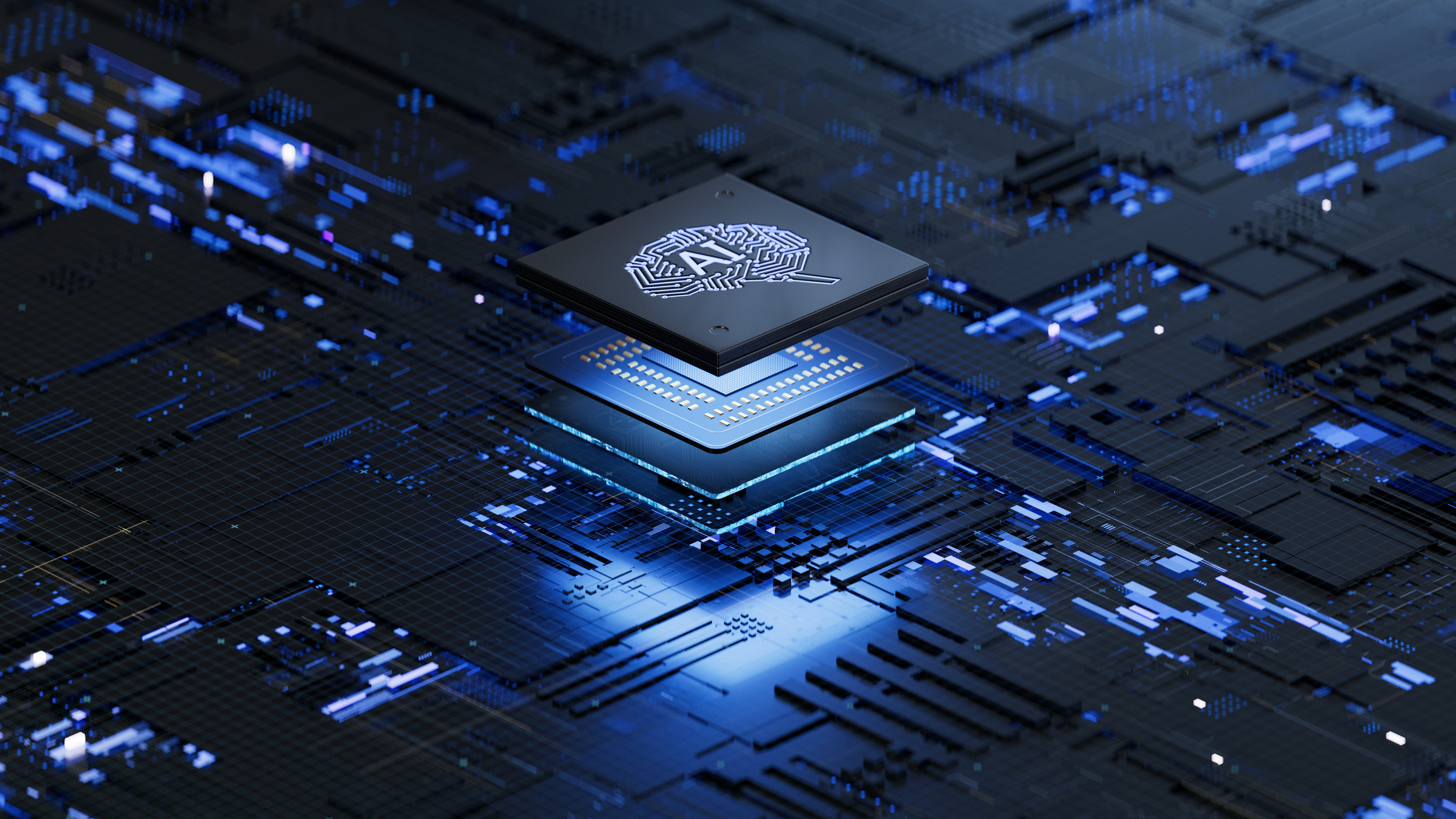

READ MORE
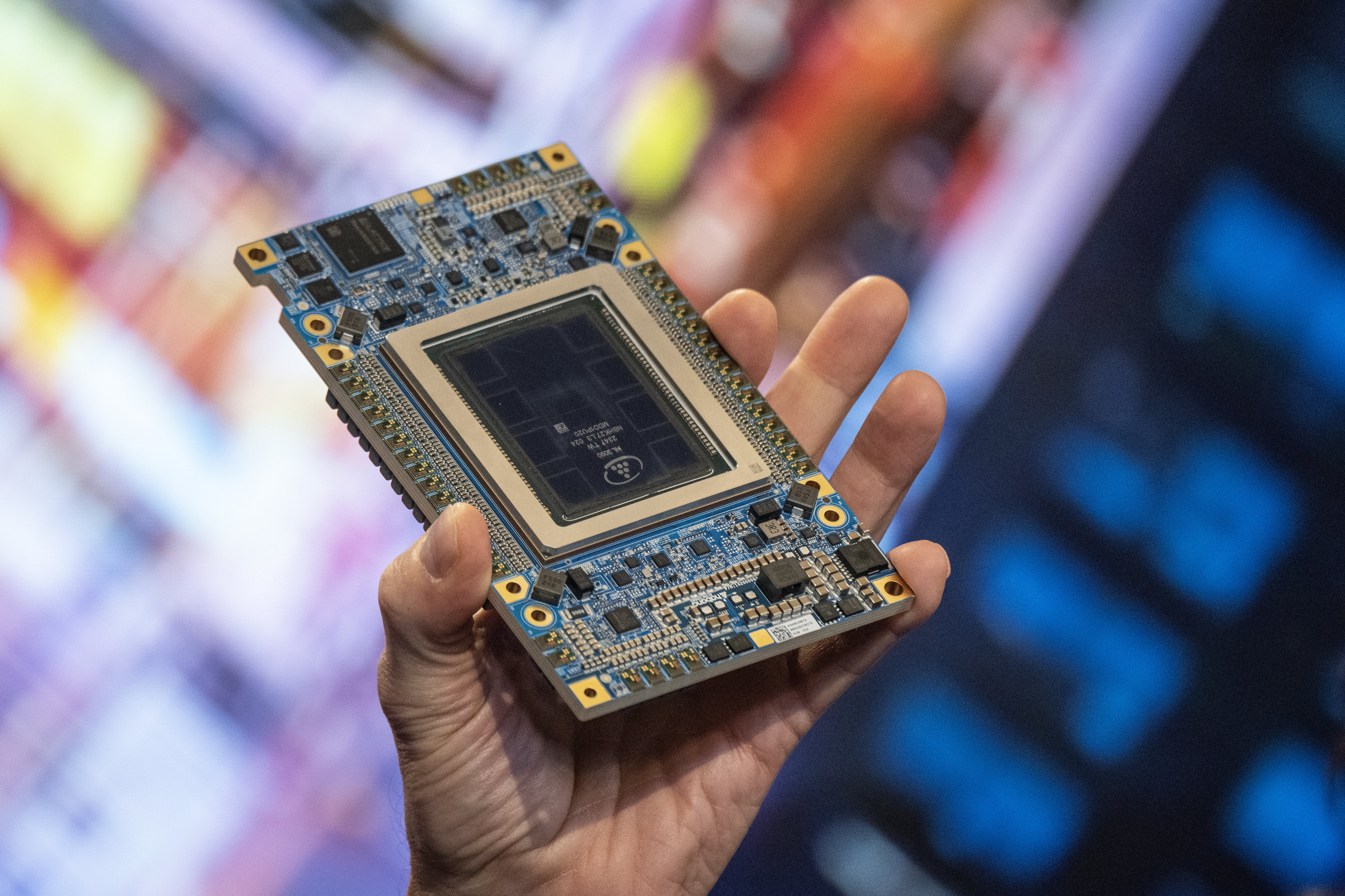
Although we call the processors inside laptops and PCs "CPUs", that's far too simplistic. Inside each central processing unit sits a complex web of silicon comprising multiple chips, each with a set job to do. Now, a new type of chip has entered the frame: the neural processing unit, or NPU.
Well, a new-ish type of chip. The NPU has actually been around for some years. So what is an NPU? Why are they suddenly big news? And what difference could they make to business laptops in 2024?
What is an NPU?
Neural processing units are designed for one task: to run AI-related jobs locally on your computer. Take the simple example of blurring a background in video calls. It's perfectly possible for your main processor (or the graphics chip) in your computer to detect the edges of your face, hair, and shoulders, and then blur the background. But this is actually a task best done by an NPU.
The obvious follow-up question: why is an NPU better at this job? The main reason is that it's designed to run multiple threads in parallel and it thrives on large amounts of data. Video fits snugly into that description. So rather than a general-purpose processor – that is, your CPU – needing to solve the problem using algorithms and sheer brute force, it can offload the task to the NPU.
And because the NPU, with its lower power demands, is taking care of this task, it both frees up the CPU for other tasks and cuts down on the energy required.
What tasks can NPUs tackle?
While NPUs can tackle many tasks, the big one is generative AI. If you've used a service such as ChatGPT or Midjourney, then all the processing work happens in the cloud. AMD and Intel are betting big on what they're calling "AI PCs", where the workload shifts to the notebook or desktop PC instead. This isn't merely theory: it's perfectly possible to create AI art and ChatGPT-style conversations directly on a PC right now.
You don't even need a computer with an NPU inside to perform local generative AI tasks. For example, you can download Meta's Llama 2 open-source large language model today and run it on your computer. However, Llama 2 will be noticeably quicker and require less power on a PC with an NPU inside.
Sign up today and you will receive a free copy of our Future Focus 2025 report - the leading guidance on AI, cybersecurity and other IT challenges as per 700+ senior executives
Why are NPUs suddenly hitting the news?
NPUs are not new. We've seen them in phones since 2017 when the Huawei Mate 10 used its AI-assisted Kirin 970 processor to perform automatic language translation when users pointed the phone's camera at text. The following year, Apple baked NPUs into its A12 processor, as found in the iPhone Xr, Xs, and Xs Max (and every iPhone since).
RELATED RESOURCE

Discover the benefits that a server refresh can have on your organization
DOWNLOAD NOW
In fact, if you bought a premium phone in the past five years, chances are that it included NPUs. They will help with everything from adding bokeh effects and analyzing songs to speech recognition.
The reason why everyone is suddenly shouting about NPUs is because both AMD and Intel have released notebook processors that include neural processors. You'll find them in most of AMD's 7040 series and 8040 series chips (look out for "Ryzen AI"), while Intel announced in December that its Core Ultra processors also include NPUs.
There's a certain amount of marketing spin going on here, but both AMD and Intel are now pushing the concept of "AI PCs". That is computers – laptops in particular – that feature chips with NPUs inside.
What are AI PCs and when will they arrive?
AI PCs look identical to normal PCs. They're laptops, they're desktop machines, they're gigantic workstations. (Or at least they will be, once the chips are mainstream.) The only difference is that the processors inside include neural processors.
You can buy AI PCs right now, but you will have to hunt for them. For instance, the latest versions of Lenovo's Yoga Pro 7 14in and IdeaPad 5 Pro (14in and 16in) all feature AMD's Ryzen 7940 series chips with Ryzen AI inside. As do the most recent Acer Swift X 16 and Asus Vivobook Pro OLED models.
And you will find AMD's most powerful Ryzen 9 7940HS inside many high-end gaming laptops released in the second half of 2023. Laptops with Intel's Core Ultra chips will go on sale imminently, with many set to be announced at CES next week. Neither Intel nor AMD have yet announced desktop processors that feature NPUs, but we expect this to change during 2024.
How can NPUs help your business?
The biggest benefit of moving generative AI from the cloud to a local PC is privacy. Do you really want to upload your company's sensitive data to a nameless server? Microsoft has already announced that a version of its Copilot technology will run on local PCs in 2024, although details remain sparse.

There are latency advantages too, which is often the case when a task can be completed on a local system. Then there's the money factor. Often, generative AI services require a monthly subscription; switch to your processor, rather than one running in a data center, and that cost may well be reduced to zero.
Of course, all this is meaningless without services to choose from. This is why both AMD and Intel are wooing the likes of Adobe and DaVinci to offload tasks to NPUs rather than CPUs and graphics cards.
However, we have yet to hear of anything radical and new that can only be done on an NPU. At the moment, the chief benefits center around reducing the load on the main CPU. Perhaps 2024 will see a killer app that requires AI PCs, but we expect this to be – forgive the cliché – more about evolution than revolution.
What are the limitations of NPUs?
Without wishing to end on a downbeat note, it's important that business leaders are realistic about what can be achieved on standalone devices. For the moment, large language models on AI PCs will feature fewer parameters than the LLMs we see in the cloud because they simply don't have the processing heft.
The biggest hurdle, however, is availability. Until NPUs become ubiquitous on laptops and desktop PCs, we don't expect to see an explosion in software and services built to take advantage.
Tim Danton is editor-in-chief of PC Pro, the UK's biggest selling IT monthly magazine. He specialises in reviews of laptops, desktop PCs and monitors, and is also author of a book called The Computers That Made Britain.
You can contact Tim directly at editor@pcpro.co.uk.
-
 Gender diversity improvements could be the key to tackling the UK's AI skills shortage
Gender diversity improvements could be the key to tackling the UK's AI skills shortageNews Encouraging more women to pursue tech careers could plug huge gaps in the AI workforce
-
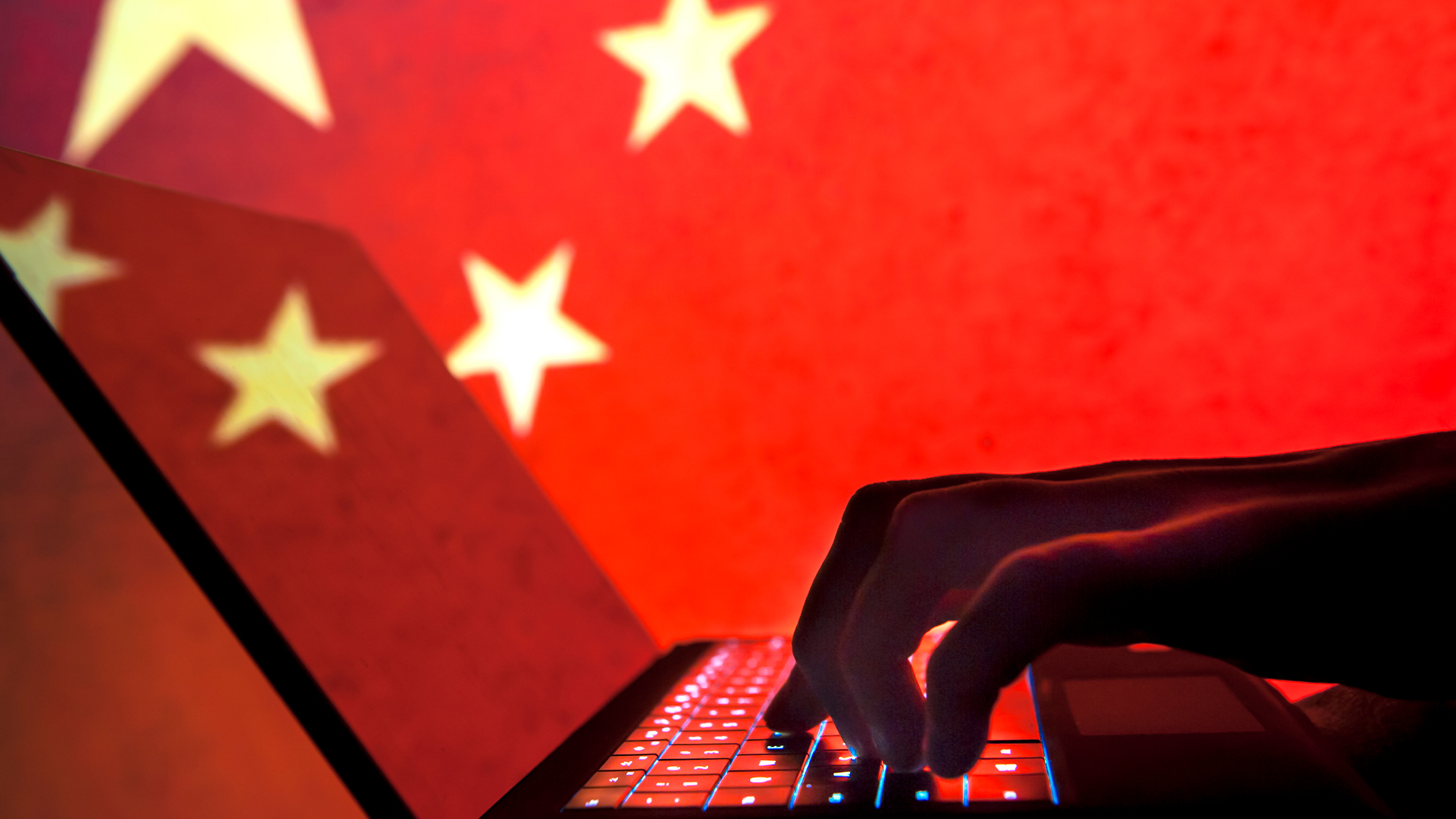 Researchers claim Salt Typhoon masterminds learned their trade at Cisco Network Academy
Researchers claim Salt Typhoon masterminds learned their trade at Cisco Network AcademyNews The Salt Typhoon hacker group has targeted telecoms operators and US National Guard networks in recent years
-
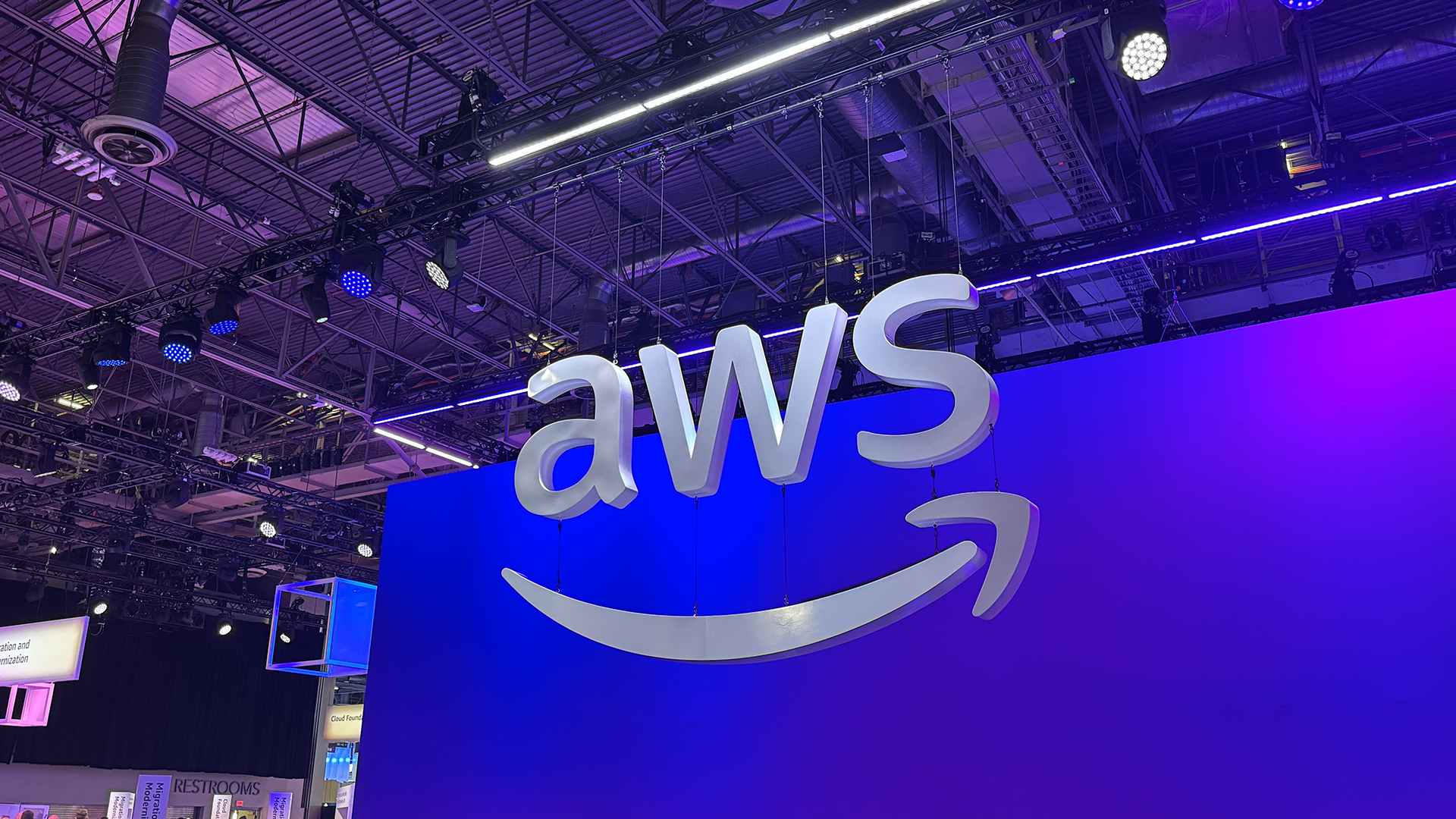 AWS has dived headfirst into the agentic AI hype cycle, but old tricks will help it chart new waters
AWS has dived headfirst into the agentic AI hype cycle, but old tricks will help it chart new watersOpinion While AWS has jumped on the agentic AI hype train, its reputation as a no-nonsense, reliable cloud provider will pay dividends
-
 AWS CEO Matt Garman says AI agents will have 'as much impact on your business as the internet or cloud'
AWS CEO Matt Garman says AI agents will have 'as much impact on your business as the internet or cloud'News Garman told attendees at AWS re:Invent that AI agents represent a paradigm shift in the trajectory of AI and will finally unlock returns on investment for enterprises.
-
 Westcon-Comstor partners with Fortanix to drive AI expertise in EMEA
Westcon-Comstor partners with Fortanix to drive AI expertise in EMEANews The new agreement will help EMEA channel partners ramp up AI and multi-cloud capabilities
-
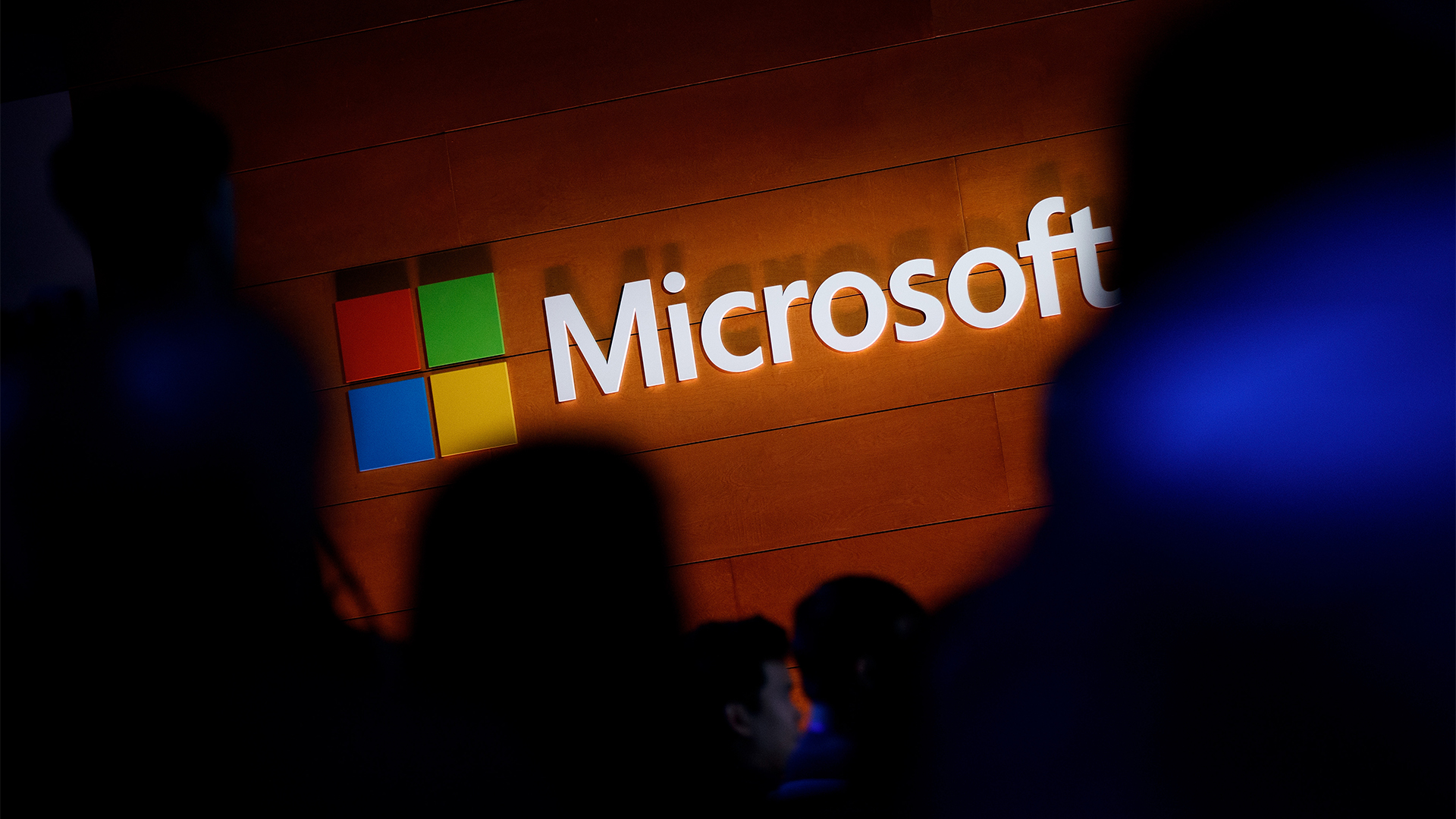 Microsoft quietly launches Fara-7B, a new 'agentic' small language model that lives on your PC — and it’s more powerful than GPT-4o
Microsoft quietly launches Fara-7B, a new 'agentic' small language model that lives on your PC — and it’s more powerful than GPT-4oNews The new Fara-7B model is designed to takeover your mouse and keyboard
-
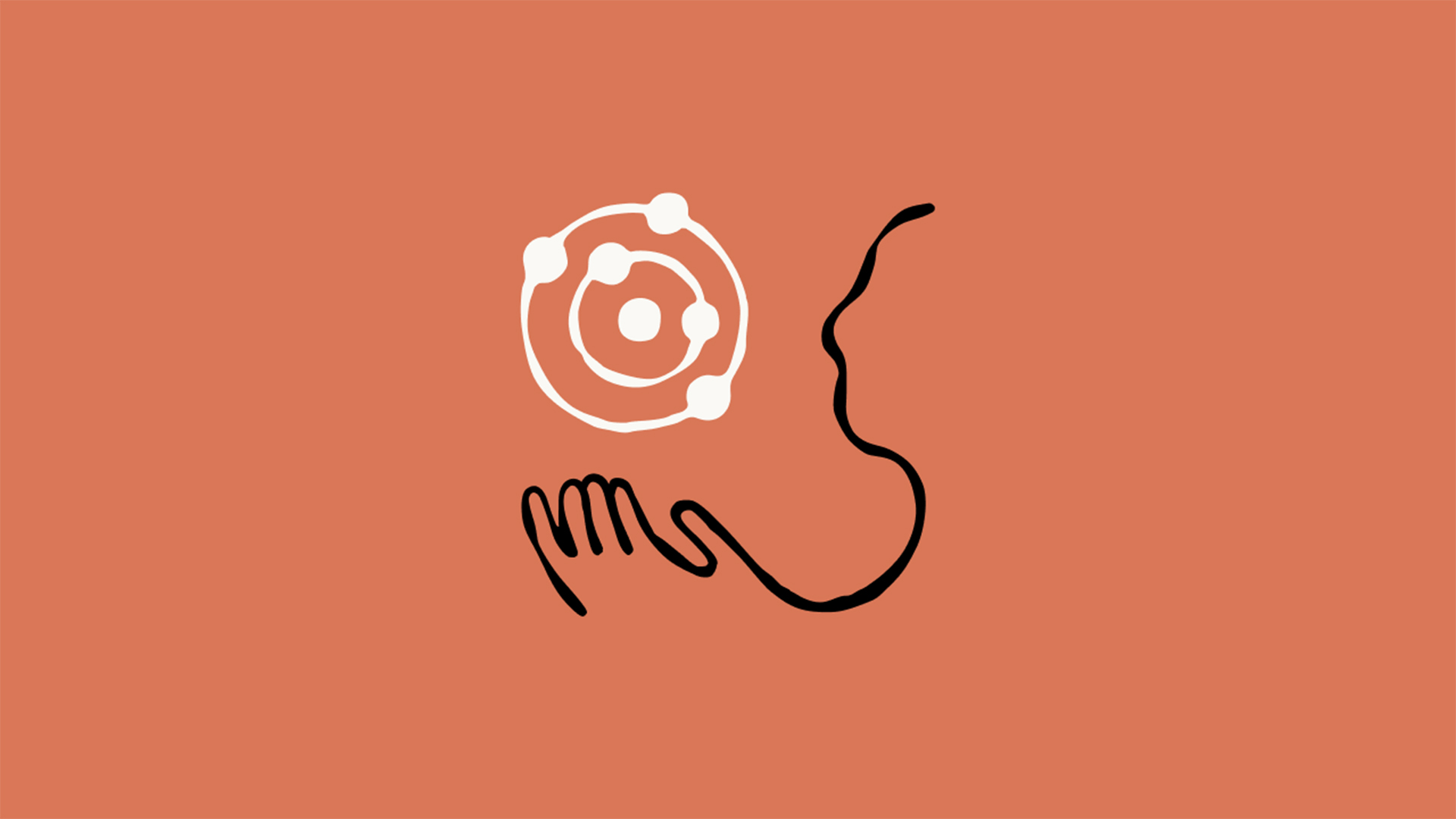 Anthropic announces Claude Opus 4.5, the new AI coding frontrunner
Anthropic announces Claude Opus 4.5, the new AI coding frontrunnerNews The new frontier model is a leap forward for the firm across agentic tool use and resilience against attacks
-
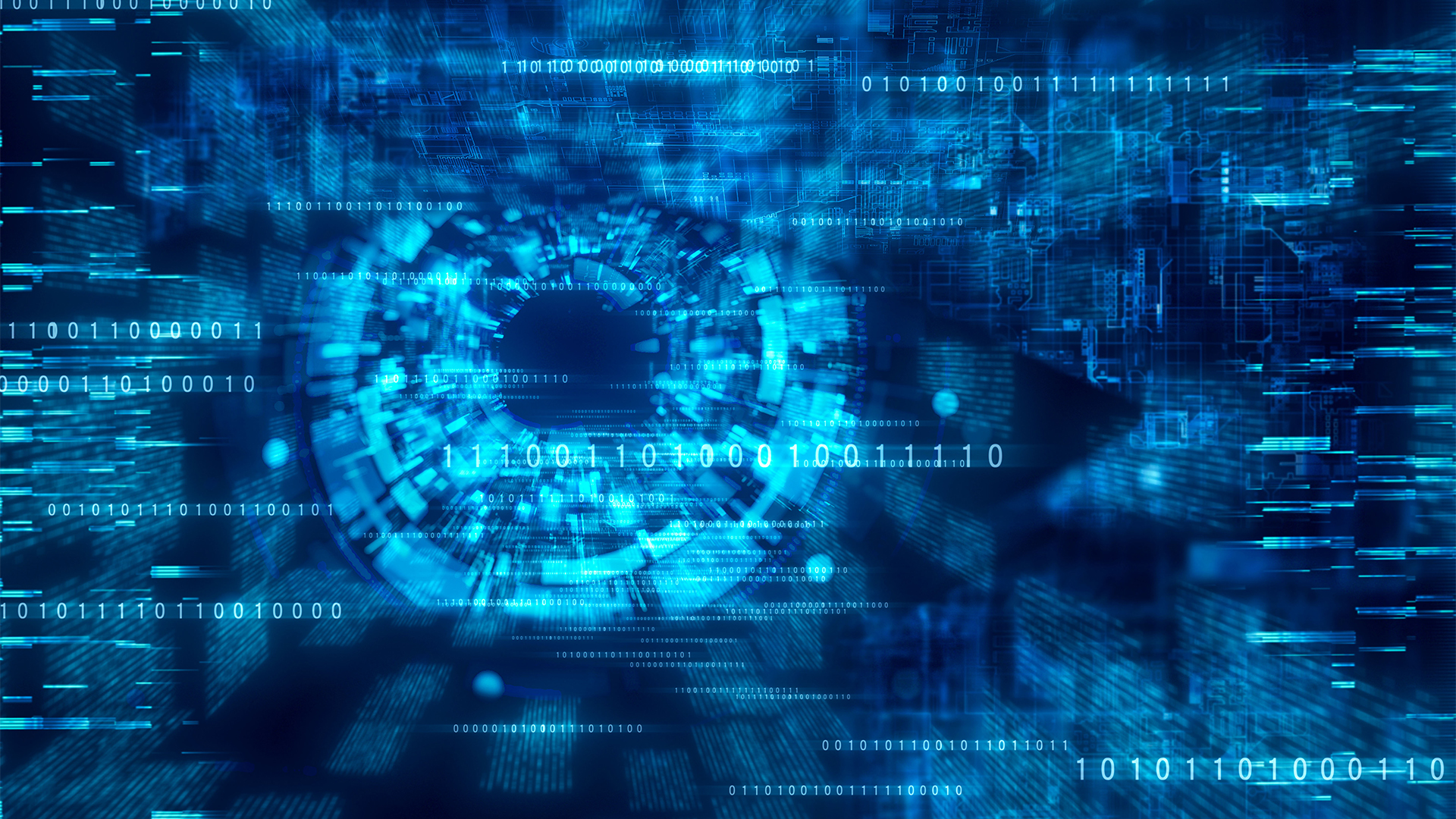 Gartner says 40% of enterprises will experience ‘shadow AI’ breaches by 2030 — educating staff is the key to avoiding disaster
Gartner says 40% of enterprises will experience ‘shadow AI’ breaches by 2030 — educating staff is the key to avoiding disasterNews Staff need to be educated on the risks of shadow AI to prevent costly breaches
-
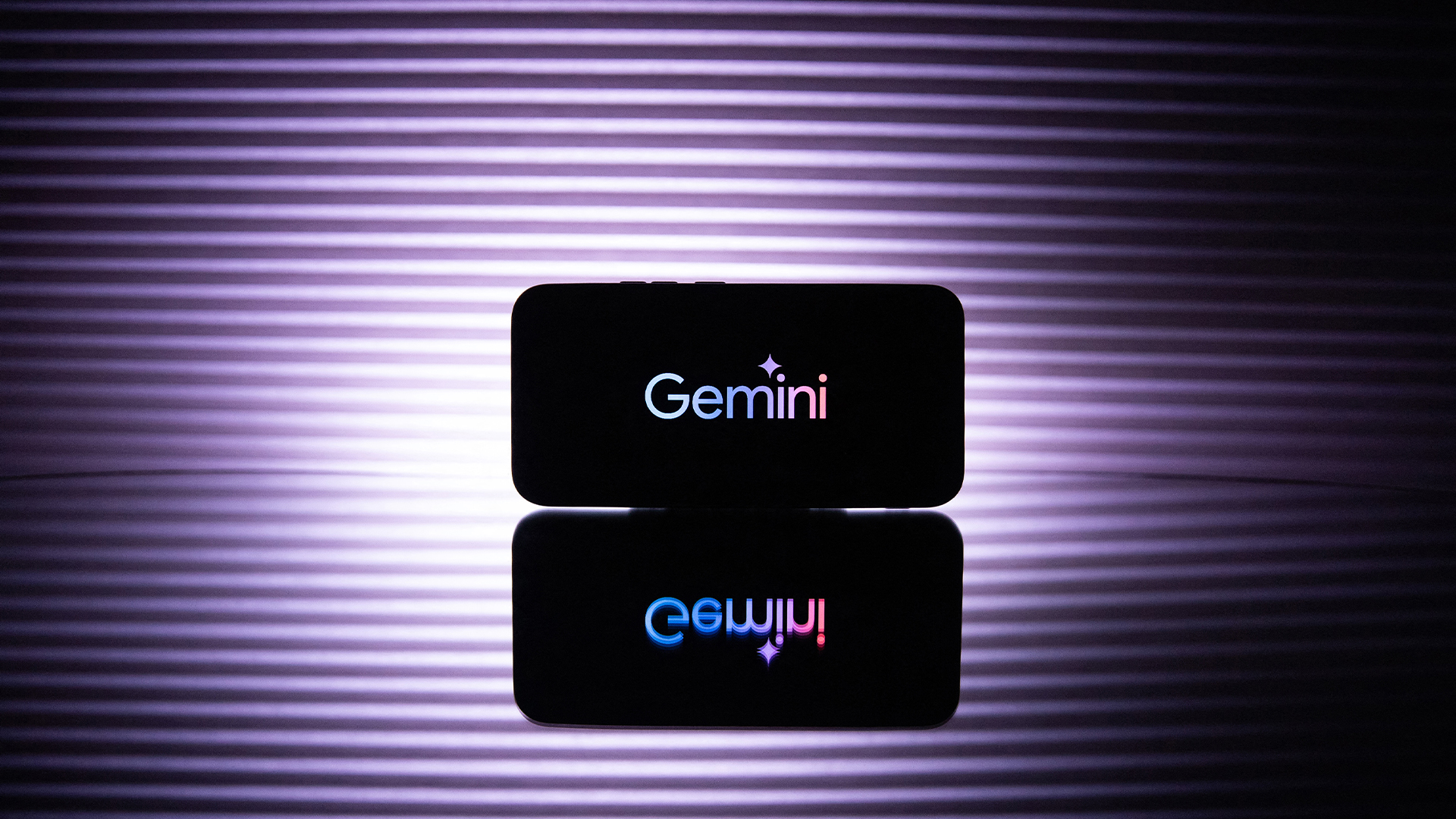 Google blows away competition with powerful new Gemini 3 model
Google blows away competition with powerful new Gemini 3 modelNews Gemini 3 is the hyperscaler’s most powerful model yet and state of the art on almost every AI benchmark going
-
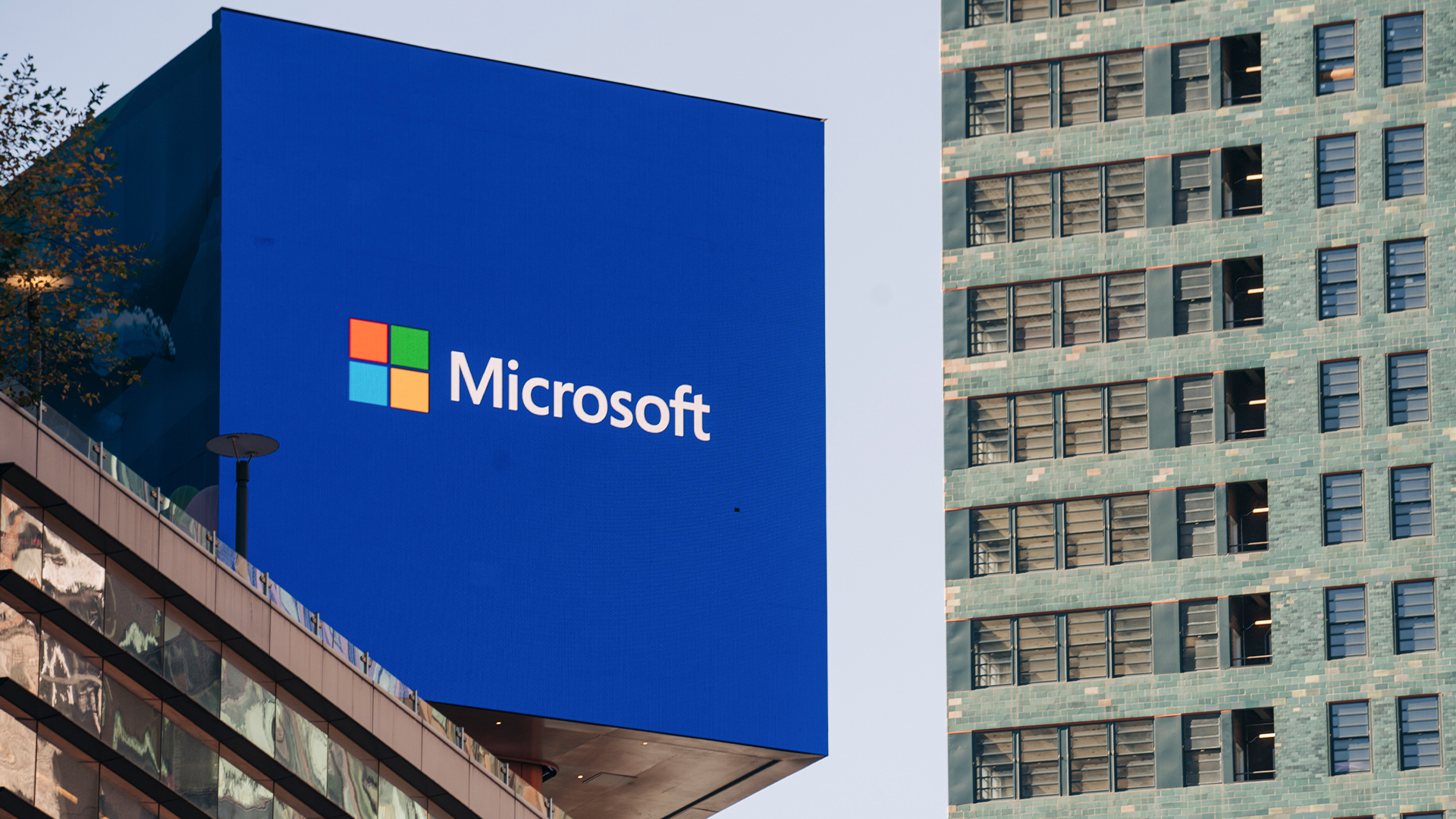 Microsoft's new Agent 365 platform is a one-stop shop for deploying, securing, and keeping tabs on AI agents
Microsoft's new Agent 365 platform is a one-stop shop for deploying, securing, and keeping tabs on AI agentsNews The new platform looks to shore up visibility and security for enterprises using AI agents
